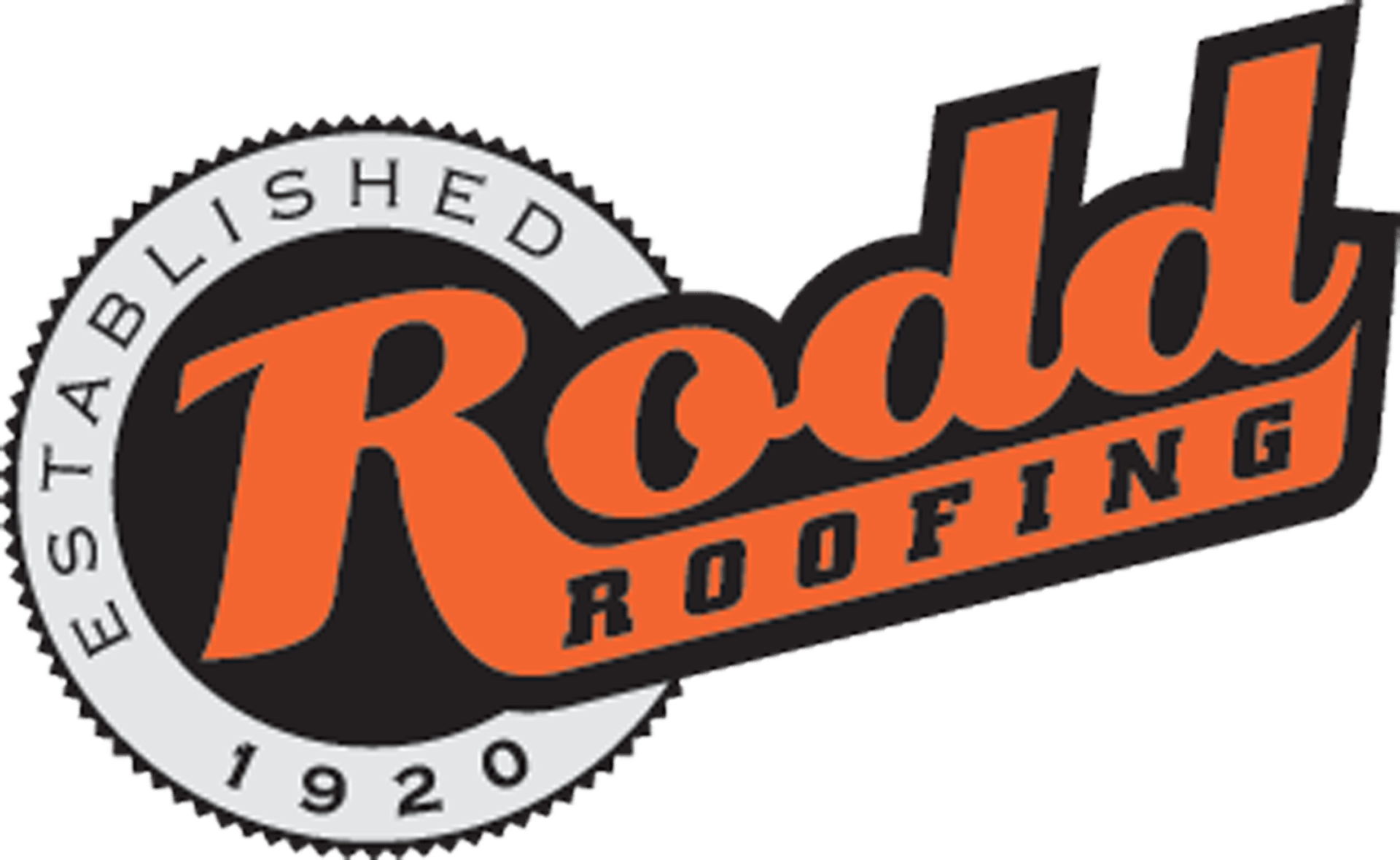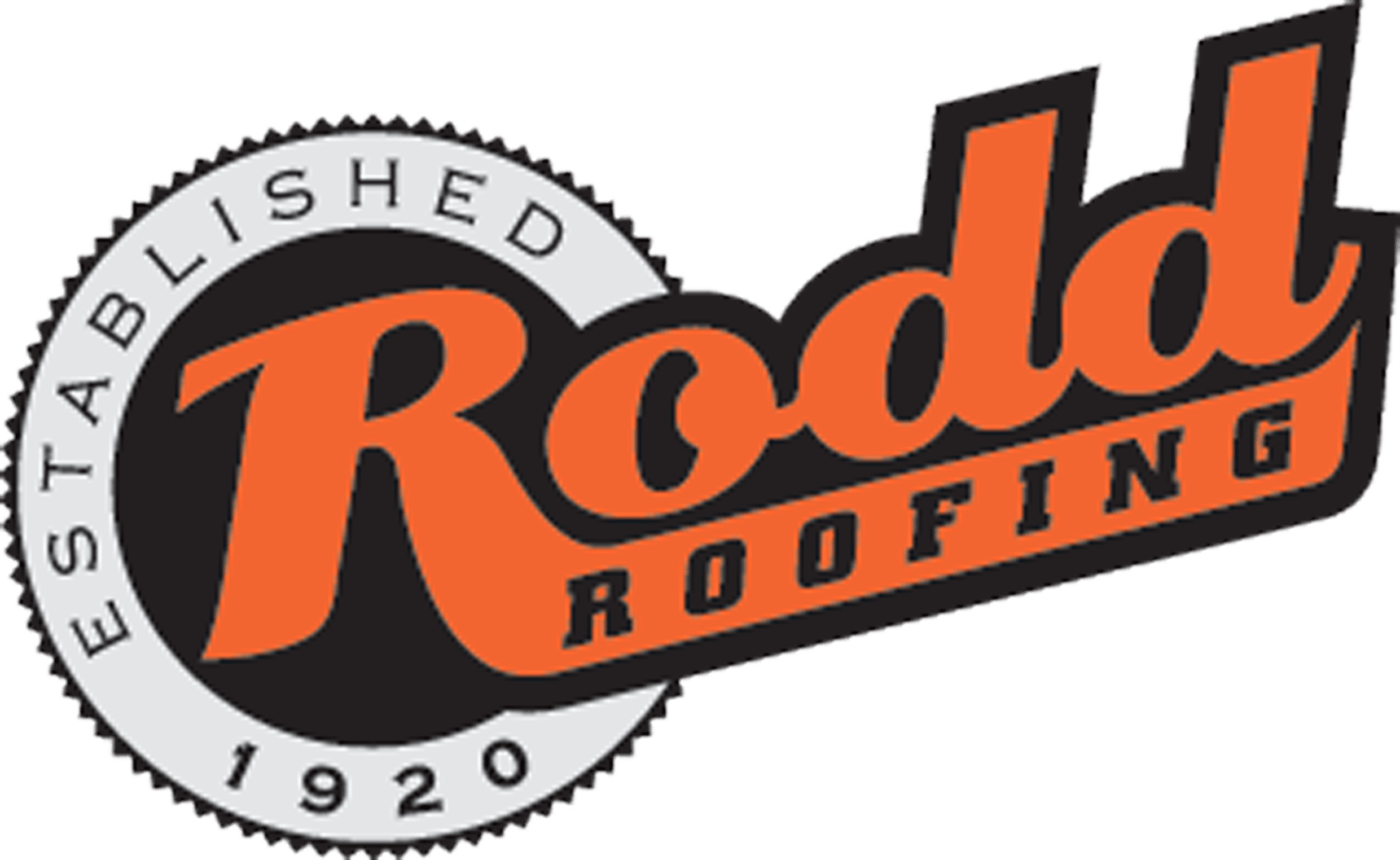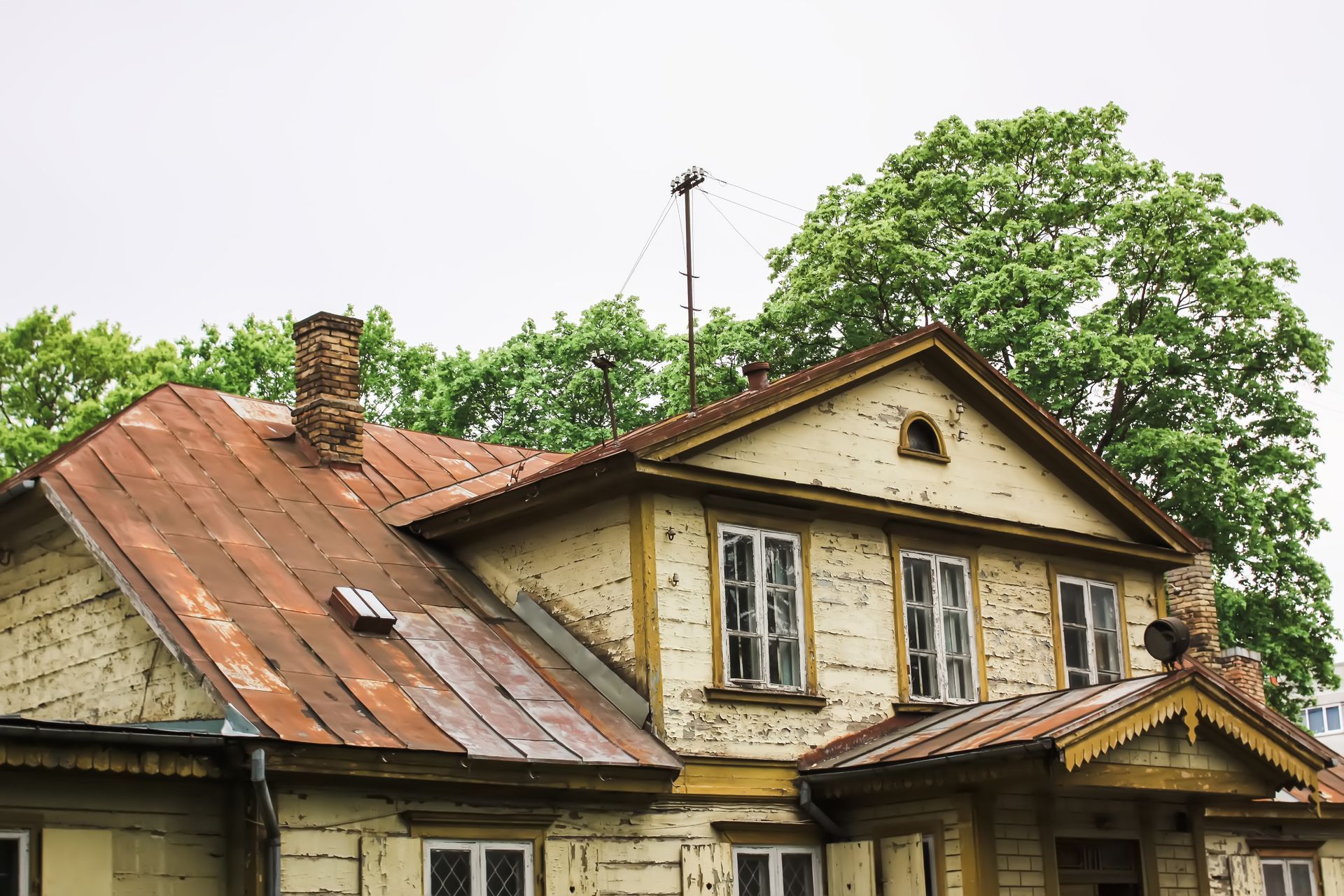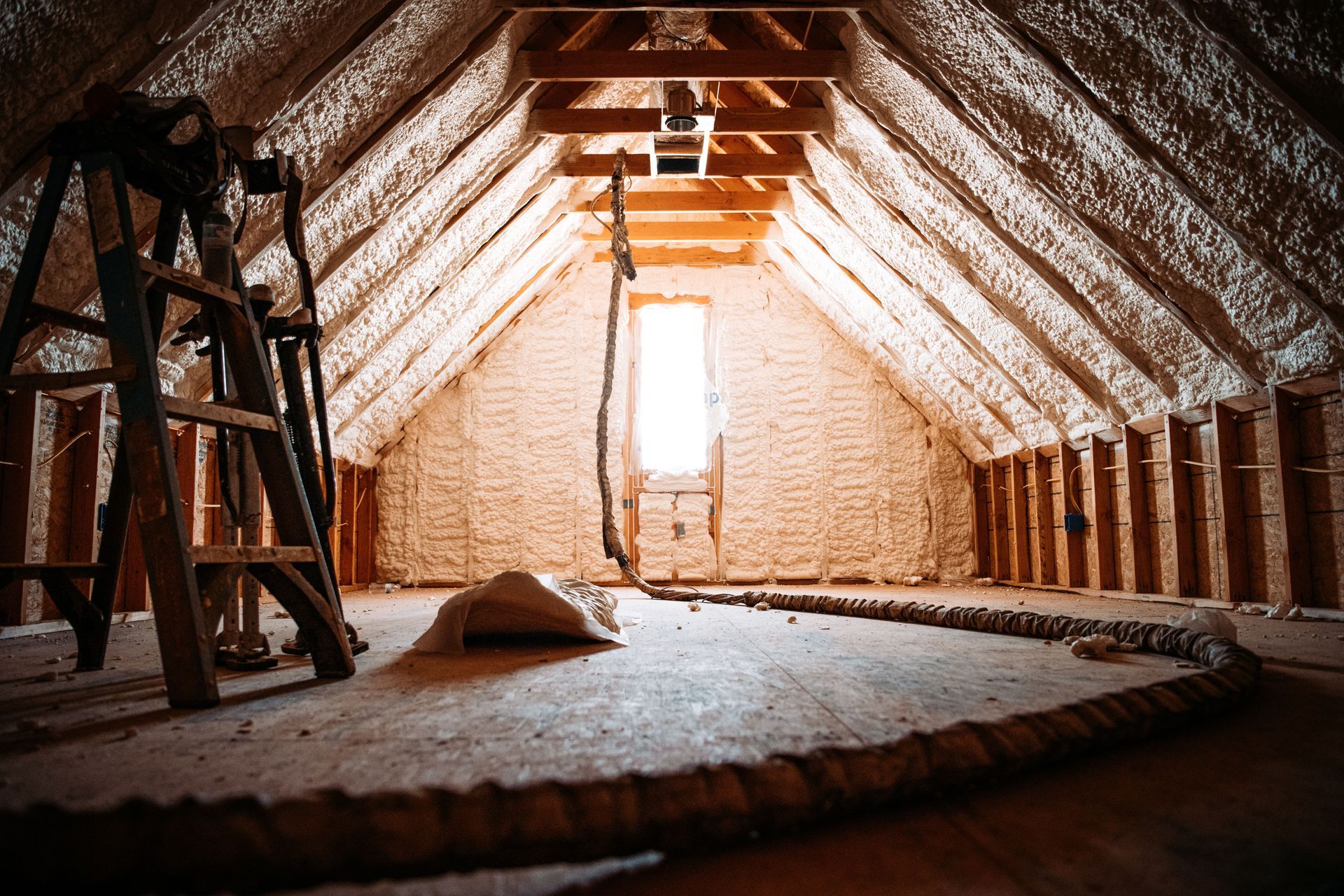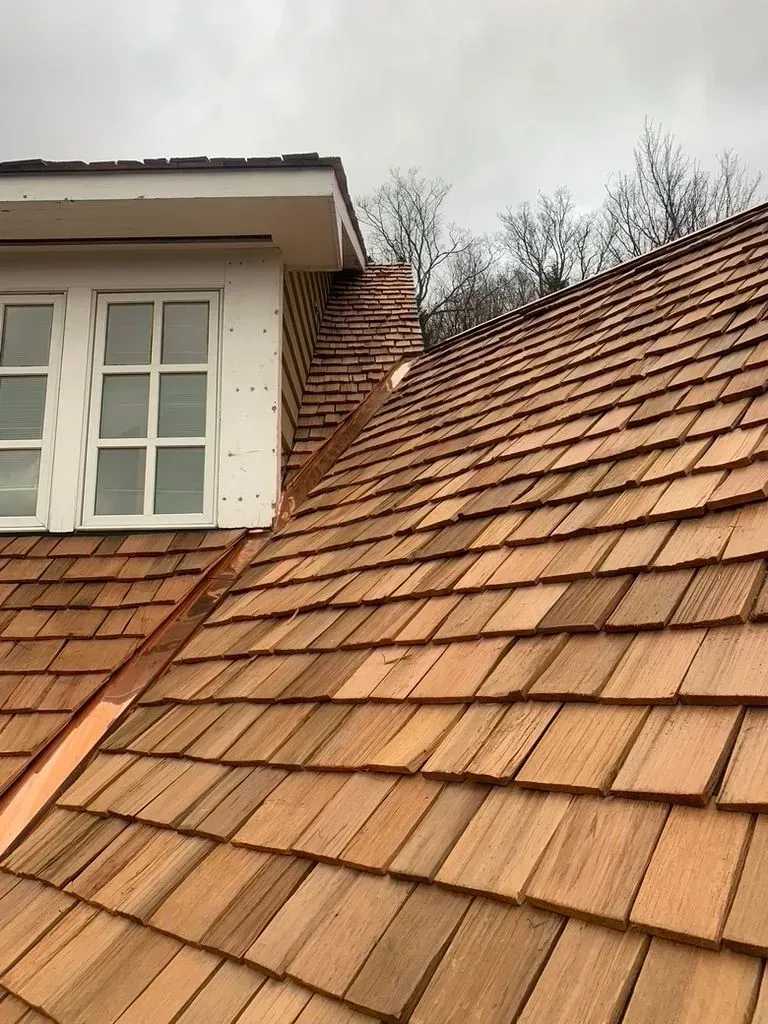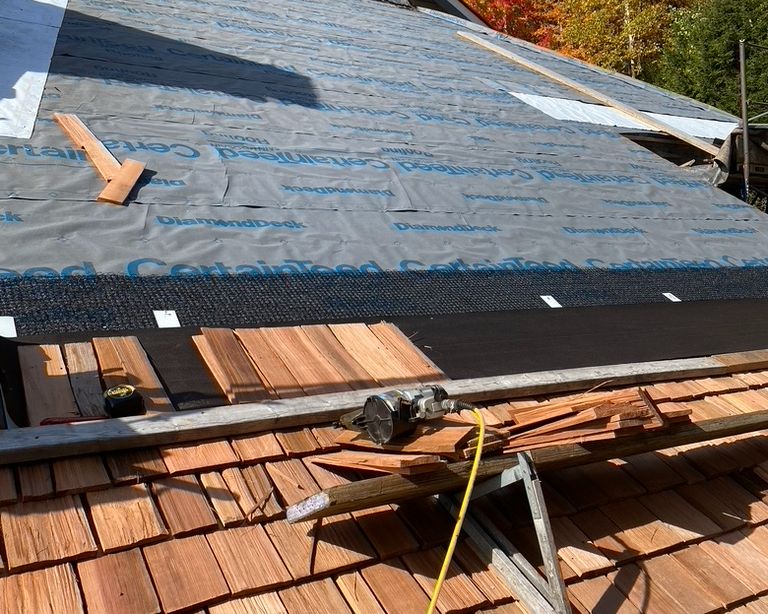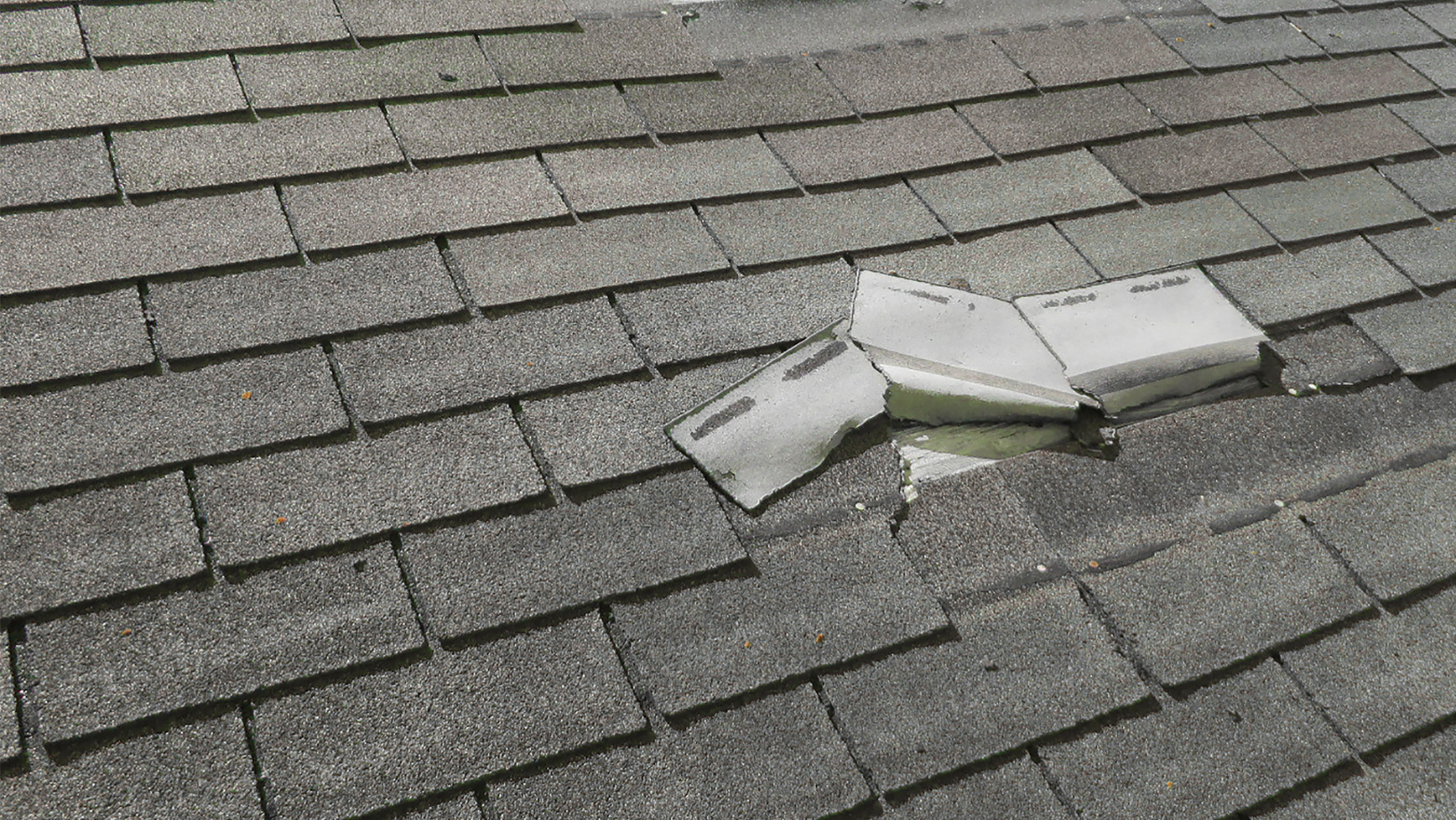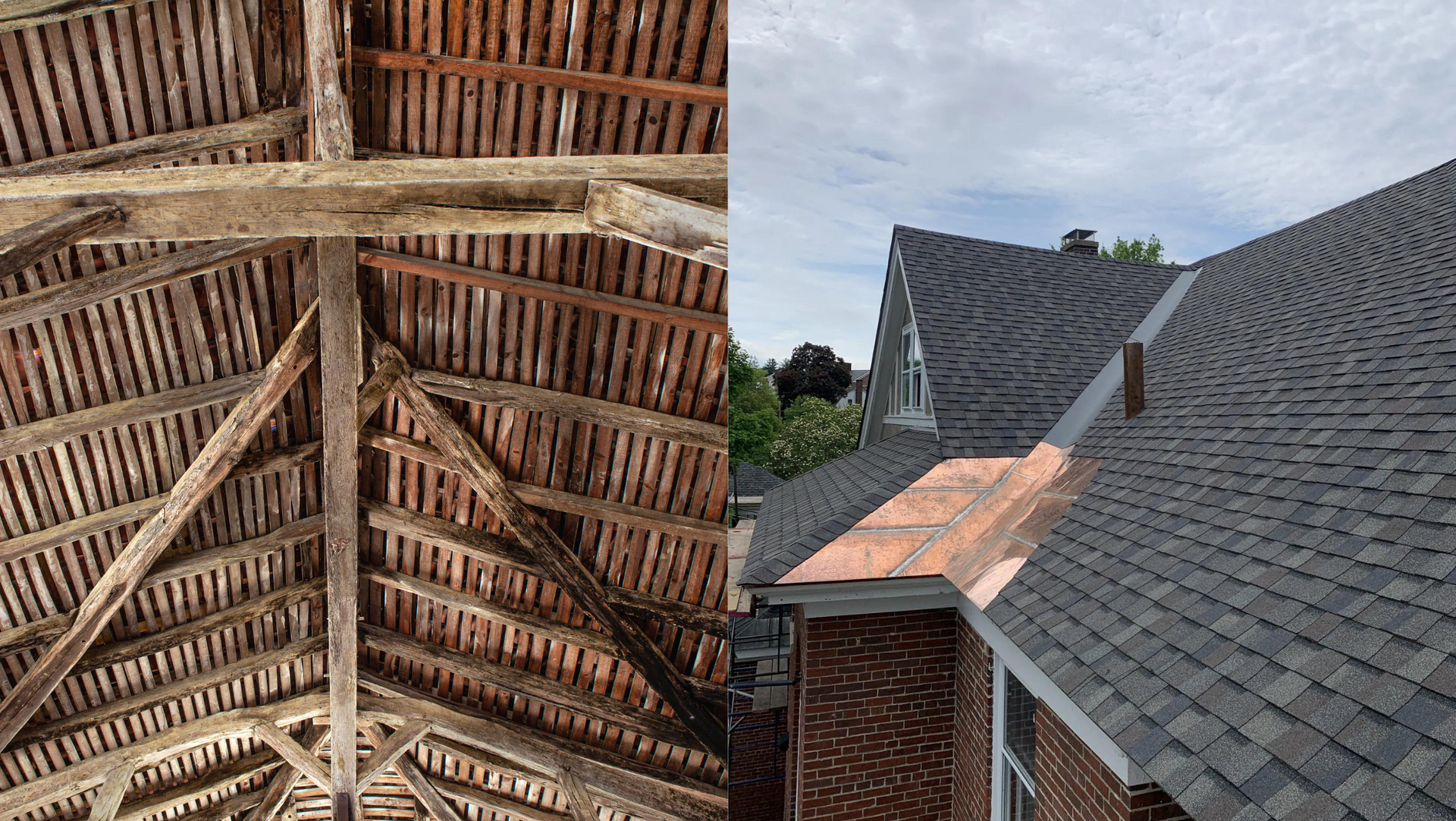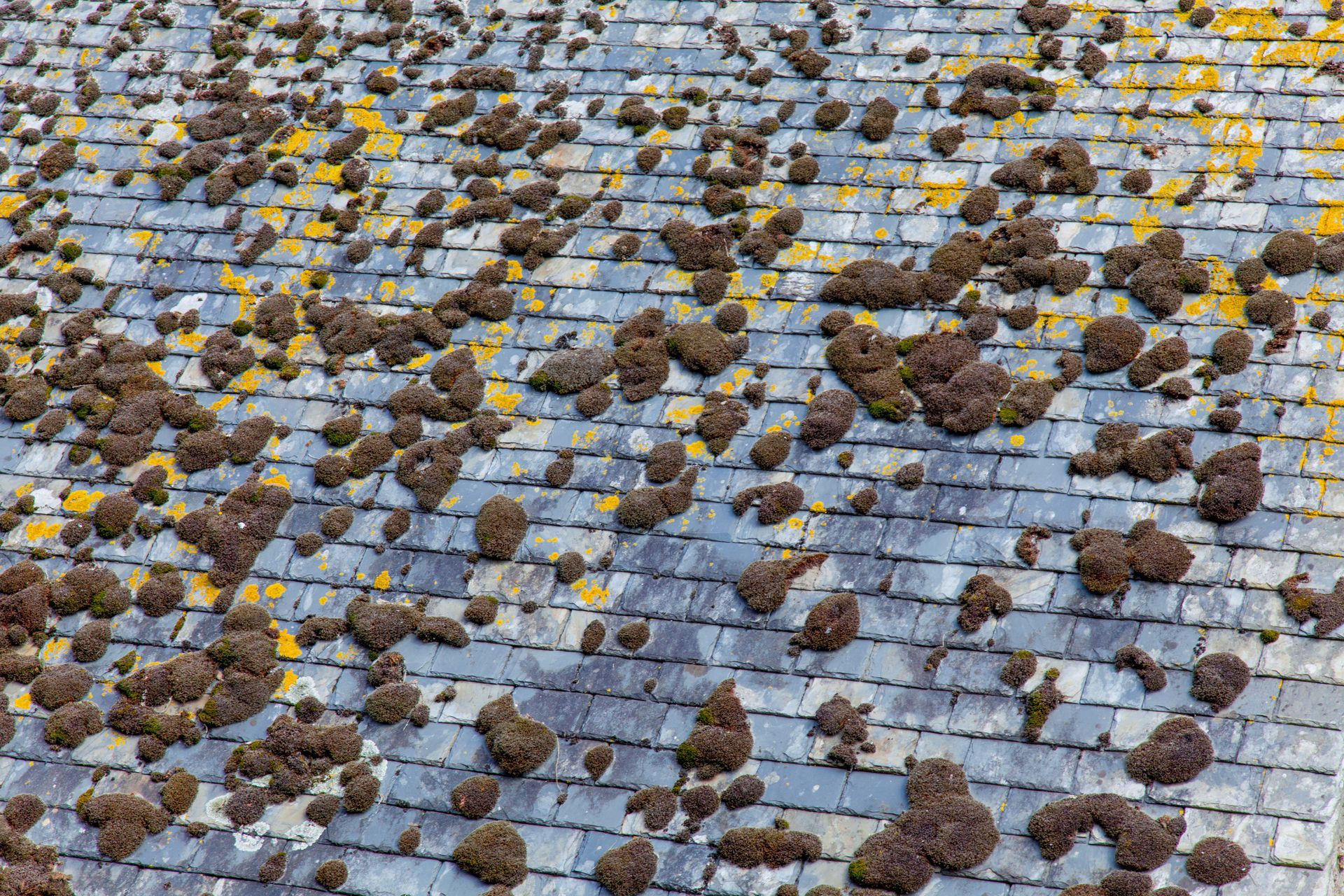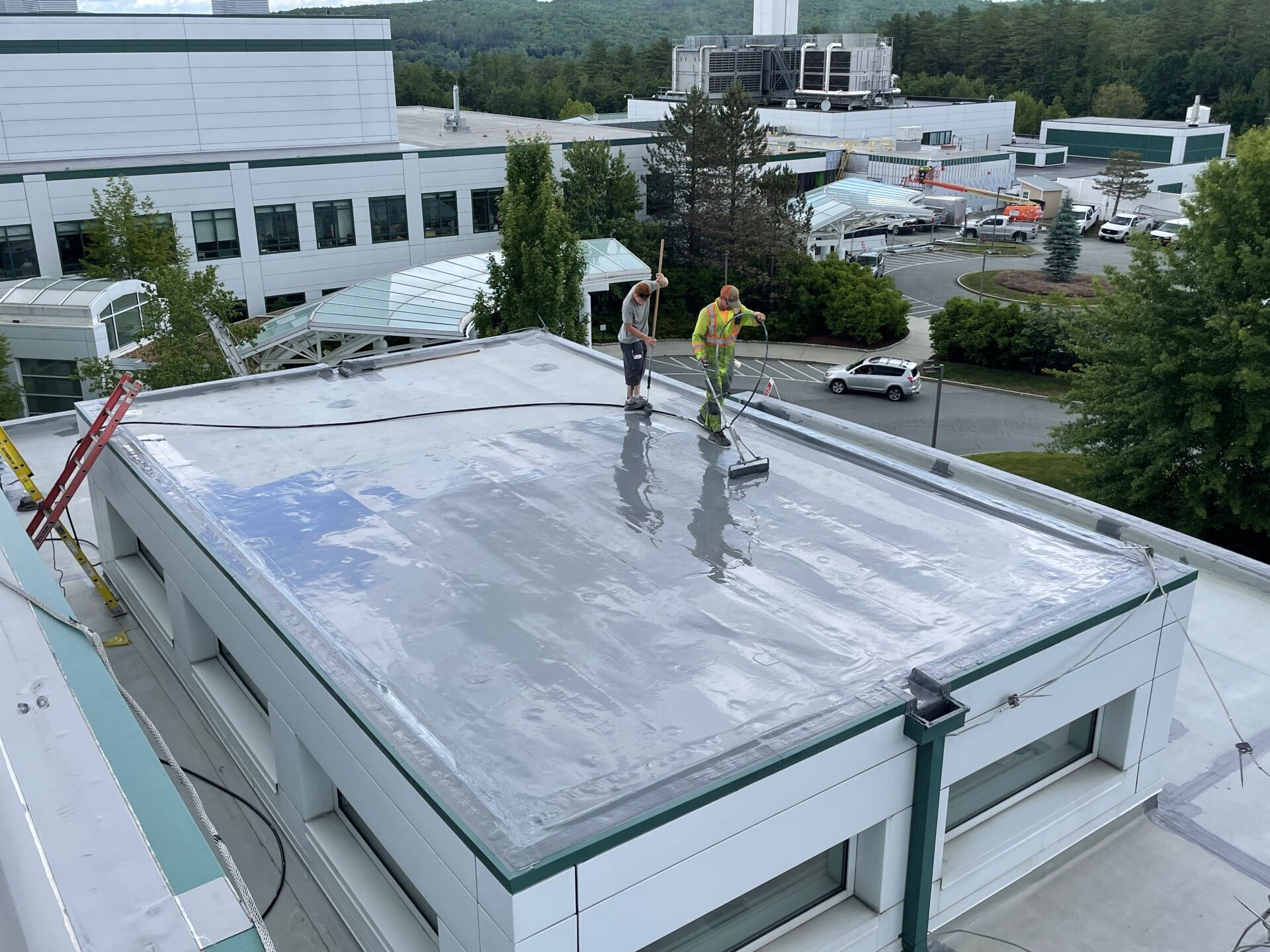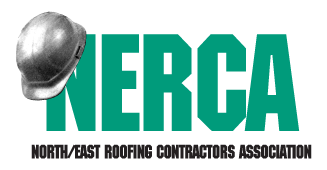Protecting Your Roof from Wildlife Intruders
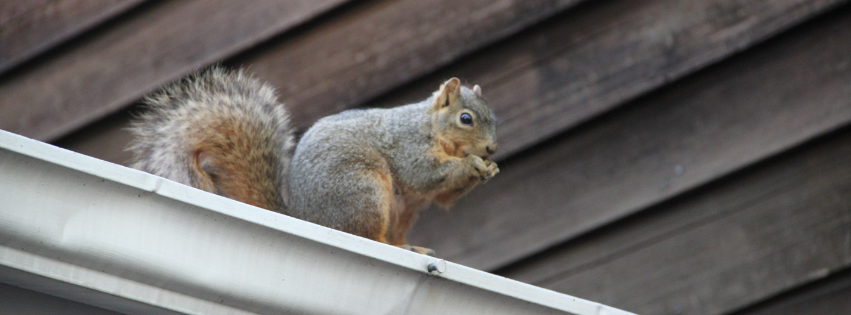
Wildlife-Proof Your Roof:
Strategies to Prevent Animal Intrusions
Your roof serves as a vital barrier between your home and the outside world, but it's not just weather you need to worry about. Wildlife intruders can also pose a threat to your roof's integrity and your home's safety. From small critters seeking shelter to larger animals causing significant damage, it's essential to take proactive steps to protect your roof from nature in all its forms — even the cute and fluffy. In this blog, we'll explore common culprits, signs of wildlife activity, and effective strategies for keeping unwanted visitors at bay.
Identify Common Culprits
Various wildlife species may attempt to make your roof their home, each presenting its own set of challenges. Some of the most common culprits include:
- Squirrels and Raccoons: These agile creatures can gain access to your roof and attic through tree branches, power lines, or vulnerable roof areas. Once inside, they may chew through roofing materials, insulation, and wiring, causing extensive damage.
- Birds: Nesting birds, such as pigeons and sparrows, may build their nests in roof vents, gutters, or under eaves. Their droppings can corrode roofing materials and create health hazards.
- Rodents: Mice and rats are notorious for squeezing through small openings and gaining access to your roof and attic. Once inside, they can gnaw on electrical wires, insulation, and structural components, posing fire and safety risks.
Recognize Signs of Wildlife Activity
Early detection is key to preventing wildlife damage to your roof. Be on the lookout for the following signs of wildlife activity:
- Scratching or Scampering Noises: If you hear scratching, scampering, or other unusual sounds coming from your attic or ceiling, it may indicate the presence of rodents or other critters.
- Visible Entry Points: Inspect your roof and attic for signs of entry points, such as chewed or damaged roofing materials, gaps around vents or chimneys, and holes in soffits or fascia boards.
- Nesting Materials: Keep an eye out for nesting materials, such as leaves, twigs, feathers, or insulation, in and around your roof and attic.
- Droppings: Wildlife droppings, such as rodent pellets or bird droppings, may accumulate in your attic or on your roof, signaling the presence of unwelcome visitors.
Protective Measures
Preventing wildlife intruders from accessing your roof requires a multi-faceted approach. Here are some effective strategies for keeping critters out:
- Trim Overhanging Branches: Trim tree branches that overhang your roof to eliminate potential access points for squirrels and other climbers.
- Seal Entry Points: Repair or replace damaged roofing materials, seal gaps around vents and chimneys, and install mesh screens over vents and openings to prevent animals from entering your attic.
- Secure Trash Bins: Keep trash bins securely closed and away from your home to deter scavenging wildlife.
- Install Wildlife Deterrents: Consider installing motion-activated lights, ultrasonic repellent devices, or predator decoys to deter wildlife from approaching your home.
- Schedule Regular Inspections: Schedule regular roof inspections by a professional roofing contractor to detect and address potential vulnerabilities before they attract wildlife intruders.
Protecting your roof from wildlife intruders is essential for maintaining your home's safety and structural integrity. By identifying common culprits, recognizing signs of wildlife activity, and implementing effective protective measures, you can safeguard your roof and enjoy peace of mind knowing that your home is protected from unwanted visitors. If you suspect wildlife activity on your roof or in your attic, don't hesitate to contact us for assistance in addressing the issue promptly and effectively!

